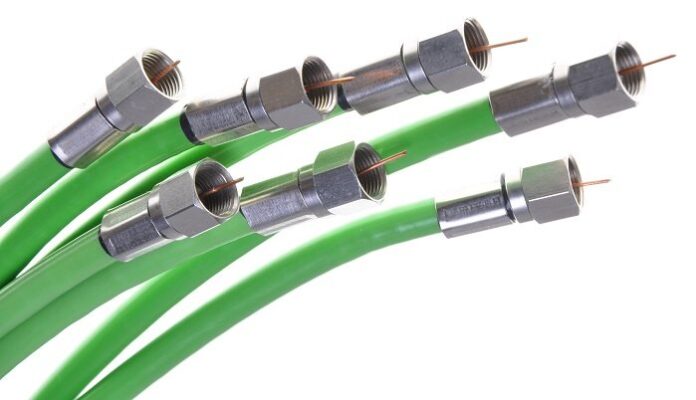Nokia said it achieved symmetric uplink and downlink speeds of 10 gigabits per second using hybrid fiber coaxial cable. The tests used a prototype technology called XG-Cable, based on applications developed by Bell Labs, which Nokia acquired through its $16.5 billion purchase of Alcatel-Lucent earlier this year.
The test was conducted in the 1.2 GHz spectrum band and used point-to-point cable topologies. Nokia said the tests show how existing cable systems can be used to deliver symmetrical broadband access services for businesses and consumers. The technology is seen as an enabler for real-time gaming, high-definition video uploads and virtual reality applications. Bell Labs has been exploring the feasibility of delivering symmetrical service over hybrid fiber coaxial cable since 2014, according to Nokia.
XG-Cable is still considered a proof of concept by Nokia, though the company noted it can easily integrate into the CableLabs full duplex DOSCIS 3.1 concept. DOCSIS 3.1 is seen as a direct competitor to the fiber broadband services offered by AT&T and Verizon Communications.
“In instances in which corporations and homes already installed cable, it is more economical to upgrade cable services than make the switch to fiber, which gives DOCSIS 3.1 a definite advantage in the market space,” wrote ABI Research VP Sam Rosen, in a recent report. “European operators like Altice, TDC and Telenet [have] made inroads into preparing their networks for the launch of DOCSIS 3.1 in 2016.”
In the U.S., cable operators are showing much more interest in DOCSIS 3.1 than telecom operators. Comcast in particular is eyeing the technology as it plans to roll out gibabit broadband services in some of the same cities targeted by AT&T for its broadband services.
“While it is still early in the development of full duplex, Nokia’s XG-Cable proof of concept shows that multigigabit symmetrical speeds over HFC, as targeted in the CableLabs FDX initiative, are achievable,” said Robert Howald, VP of network architecture at Comcast Cable. “As we continue our DOCSIS 3.1 deployments this year, this development further illustrates the power and flexibility of the DOCSIS 3.1 as a tool to deliver next-generation broadband performance.”
Image source: Tracespan

Nokia reports 10 Gbps with DOCSIS 3.1 technology
ABOUT AUTHOR
